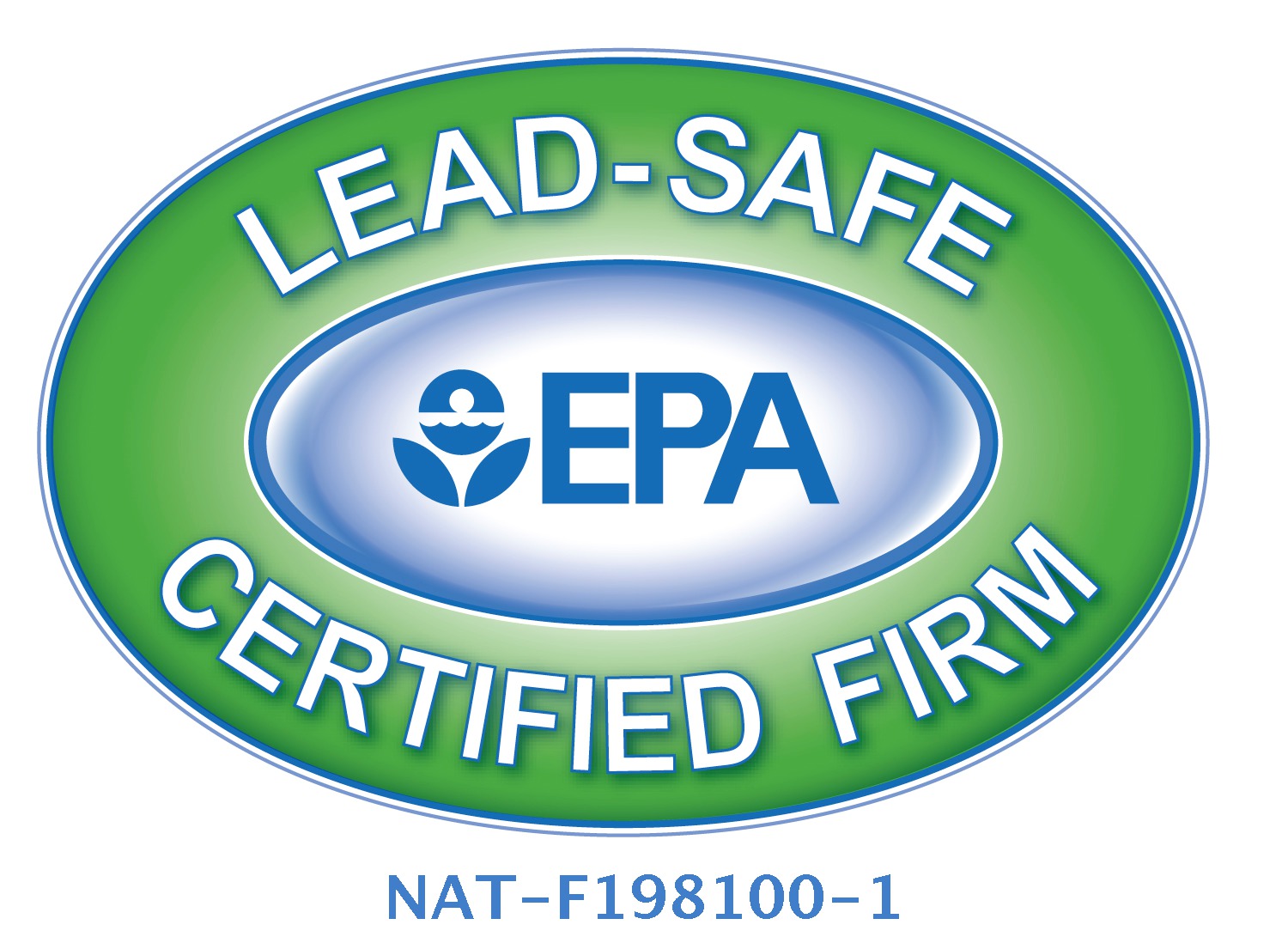Siding replacement is an important home improvement that enhances your home’s curb appeal, overall property value and energy efficiency. However, it’s no secret that it is a significant investment. The cost to replace your siding can widely vary, and understanding the factors that influence this cost is crucial. In this post, we’ll discuss the factors that affect siding replacement costs and why the best choices are always worthwhile.

Material Choices Impact Cost
One of the primary determinants of the cost to replace siding is the material you select. Each material offers different benefits in terms of durability, aesthetic appeal and maintenance needs. Common siding materials include vinyl, wood, fiber cement and metal. For instance, vinyl is popular for its affordability and low maintenance, while fiber cement provides a great balance between durability and appearance but at a higher cost. The choice of material will not only affect the initial installation cost but also long-term maintenance and potential energy savings.
Size and Complexity of Your Home
The overall size of your home and the complexity of its architecture play significant roles in determining the cost of replacement siding. Essentially, larger homes require more materials and labor, which is a huge investment compared to smaller homes. Moreover, homes with multiple stories, intricate designs, or a high number of windows and doors may pose installation challenges that require additional time and resources.
Removal of Old Siding
Before installing new siding, the old siding must often be removed and disposed of, which can influence the total cost of the project. The effort involved in removing the existing siding depends on the material and condition of the old siding. If it contains hazardous materials like asbestos, professional removal and disposal can significantly increase the project’s cost due to the need for specialized handling and safety measures.
Additional Features and Repairs
Consider adding or updating features such as house wrap, insulation or trim in your next siding replacement. These additions can enhance energy efficiency and aesthetic appeal – two important investments even if they might increase costs. Furthermore, any underlying structural damage or necessary repairs discovered during the siding replacement process should be addressed for further longevity and durability.
The Role of Location
The cost of labor and materials can vary compared to other parts of the country. Local weather conditions and the availability of siding materials can also influence costs. For example, choosing a siding material that’s well-suited to Pennsylvania’s climate can result in longer lifespan and better performance, potentially offsetting higher initial costs with reduced maintenance and energy expenses over time.
Selecting the Right Contractor
The siding contractor you choose will significantly impact the project’s cost. It’s essential to select a reputable contractor experienced in siding replacement in the local area. While it might be tempting to choose the lowest bid, consider the value of quality workmanship and materials, warranty options, and the contractor’s reliability. An experienced contractor can also provide valuable advice on material choices and design options that fit your budget and preferences while maximizing value.
Ready to install quality siding to your home? Turn to the best in Pittsburgh and Wexford, PA — Empire Roofing & More. Call us at any of these phone numbers: (412) 999-7135 (Allison, PA) or (412) 414-1570 (Cranberry Township, PA). You can also reach out to us using our contact form.



